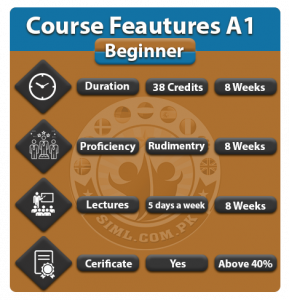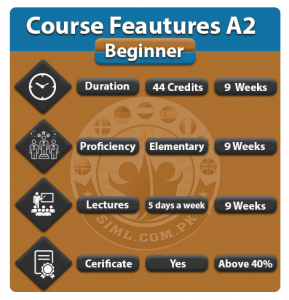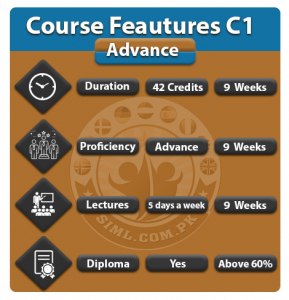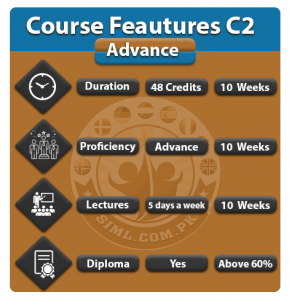Turkish

Turkish is an official language of Turkey and Turk Cyprus and it has strong similarities with the Azerbaijani language. Turkish is the most widely spoken language with 70 to 80 million speakers mostly in Turkey and Turk minority in Turk Cyprus Greece and Bulgaria Germany and Austria. To the west, the influence of Ottoman Turkish the variety of the Turkish language that was used as the administrative and literary language of the Ottoman Empire spread as the Ottoman Empire expanded. In 1928, as one of Atatürk,s Reforms in the early years of the Republic of Turkey, the Ottoman Turkish alphabet was replaced with a Latin alphabet. The distinctive characteristics of the Turkish language are vowel harmony and extensive agglutination. The basic word order of Turkish is subject-object-verb. Turkish has no noun classes or grammatical gender. The language makes usage of honorifics and has a strong distinction that distinguishes varying levels of politeness, social distance, age, courtesy, or familiarity toward the addressee. The plural second-person pronoun and verb forms are used referring to a single person out of respect. After the foundation of the modern state of Turkey and the script reform, the Turkish Language Association (TDK) was established in 1932 under the patronage of Mustafa Kemal Atatürk, with the aim of conducting research on Turkish. One of the tasks of the newly established association was to initiate a language reform to replace loanwords of Arabic and Persian origin with Turkish equivalents. By banning the usage of imported words in the press, the association succeeded in removing several hundred foreign words from the language. While most of the words introduced to the language by the TDK were newly derived from Turkish roots, it also opted for reviving Old Turkish words that had not been used for centuries. We at SIML take superior care of Turkish language learners to procure pure native accent with original intonation so both parties would be understood correctly by each other on any occasion consistently. Like other Nordic and Germanic languages, all 6 levels are being offered by SIML to acquire a substantial ground in the Turkish language learning zone for the Students across the world predominantly.
1-on the first stage immensely imperative to determine the current position of the student by providing acquaintance with new words, the capability of absorption power of maintaining and sustainably enhancement.
2-On the second stage, after the complete introduction with alphabets phonetics sounds and pronunciation rules, to stabilize the concentration of the individuals towards self-creativity.
3.on the third stage conduction to grammatical regulations and invigoration of imaginative part of the brain with quotidian influential exercises.
4-on the fourth and final stage likened 3 dispersed sections of the brain (imaginative, Arbitrator, and vocalizer) for accuracy customization and fluency augmentation to speak eloquently for exquisite aggrandizement.









